Amazon Web Services’ Smart Hardware Marketing Season: Smart Product Streaming Industry Forum on-site report.
Currently, the Internet of Things (IoT) has achieved a deeper integration with big data and artificial intelligence, with the industry concept gradually evolving from IoT to AIoT, marking a new wave of connectivity. So, how can we leverage IoT connectivity and streaming media technology to create one-stop services for the entire industrial chain of smart products? How can streaming smart products enter users’ lives more quickly? How can we upgrade the new concept of global intelligent manufacturing to truly realize connectivity for all?
On July 15, 2022, the Smart Hardware Marketing Season: Smart Product Streaming Industry Forum organized by Amazon Web Services, together with partners such as White Whale Outbound, Agora, iPeck, and Espressif Technologies, successfully concluded in Shenzhen. As the second stop of the “Smart Hardware Marketing Season,” this event invited several industry experts to share insights from different perspectives of the industrial chain on how streaming media and AI technology can assist smart products and integrate the industry ecosystem, aiming to help more outbound enterprises accelerate the innovative growth of overseas business.
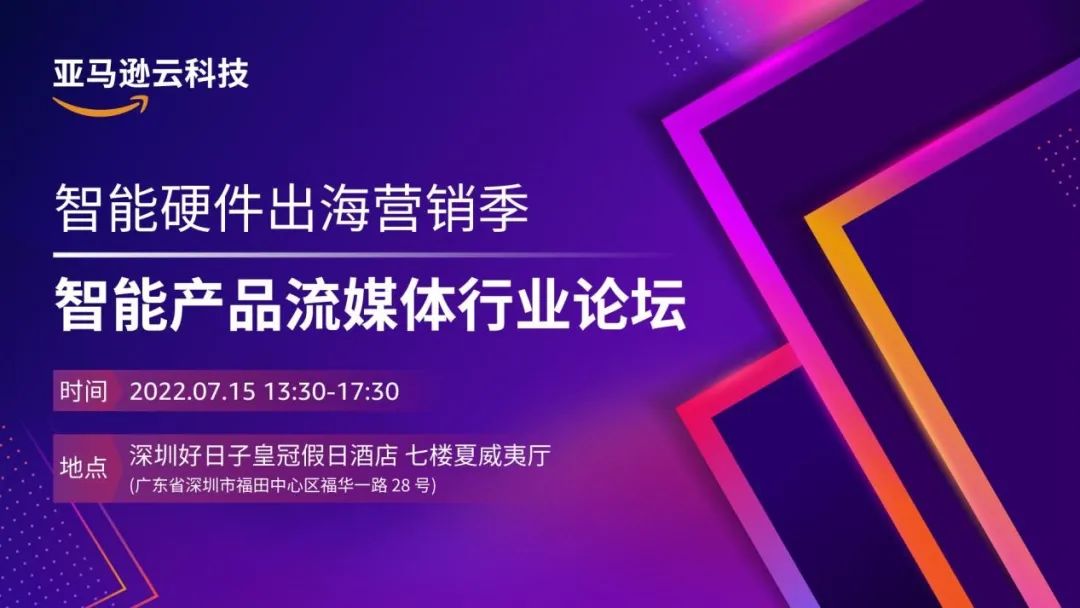

Speaker: Tian Longqiang
Head of IoT Ecosystem, Amazon Web Services
From the perspective of building an IoT ecosystem at Amazon Web Services, smart products generally go through the entire process of research and development, production, distribution, application, and operation, where distribution refers to channels and operation is user-facing. So, how can we build a complete industrial chain service based on Amazon Web Services to provide ecosystem support for clients exporting smart products? First, we need to create a turnkey solution from chips to the cloud, reducing the difficulty of R&D second, we should find high-quality product R&D companies in different categories to build a product selection, facilitating brand or e-commerce and channel clients’ choices. Regarding new retail and user operations, more efforts will be focused on connecting sellers & channels, brand owners, and end users in the ecosystem.
Additionally, we believe that the optimal combination of the international industrial chain for AIoT is the Chinese hardware industrial chain + Amazon Web Services technology + localized brand services. Amazon Web Services is the bridge for high-quality hardware manufacturing and localized operation services in China, accelerating the formation of smart products. We also believe that China’s efficiency in the hardware industrial chain and consumption circulation is globally leading; therefore, in the export of smart hardware, we will serve the successful models of China overseas. On a global scale, Amazon Web Services is dedicated to helping high-quality ODMs in China become “global intelligent manufacturing brands” and serve the export of “Chinese intelligent manufacturing.” The launch of the “Smart Hardware Marketing Season” by Amazon Web Services IoT ecosystem is based on this original intention, bringing a series of high-quality categories and related services for smart product development and export to the industry.
Returning to this event, as application scenarios continue to evolve, video streaming technology changes, and scene demands shift, smart product streaming media has emerged. The core meaning of “smart product streaming media” includes:
1. Interconnectivity, for example, the interaction between a video doorbell and TV or smart speakers, where when the doorbell rings, the TV or smart speaker can display the intercom screen.
2. Subscription-based AI, where the AI features within smart products should be updateable like an app at any time.
3. Privacy protection, as cameras become ubiquitous, users will pay more attention to privacy issues.
4. Internet application attributes, for instance, the integration of Douyin short videos with cameras, where smart products automatically generate content materials and directly connect to the formation and distribution of internet content; this is a very cool application scenario.
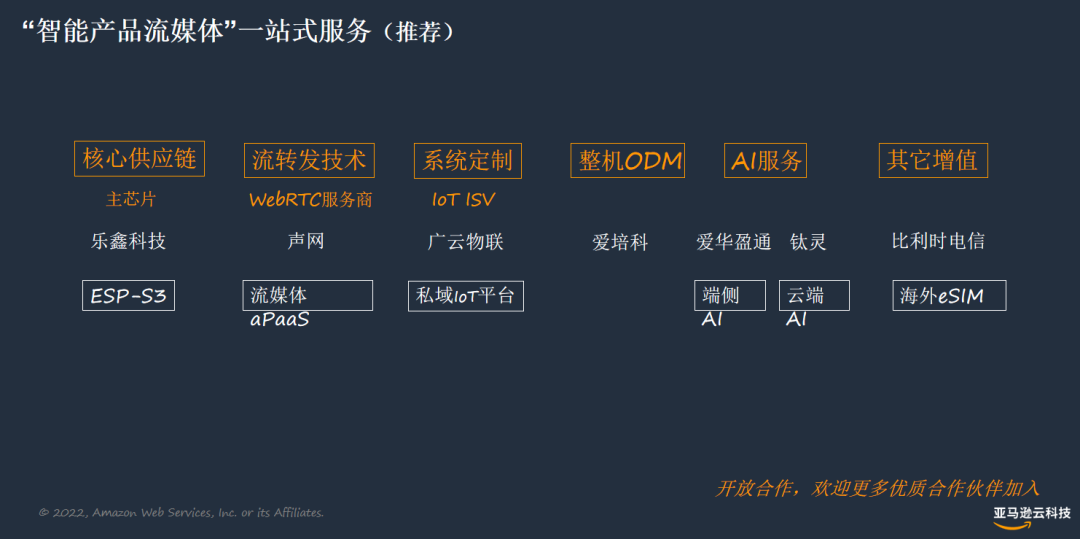
In this event, we will introduce the one-stop industrial chain cooperation partner services for “smart product streaming media” based on Amazon Web Services: Espressif’s IoT chips integrated with AI capabilities, Agora’s RTC relay technology, Guangyun IoT’s private domain IoT system customization, iPeck’s smart imaging ODM, AiHuaYingTong’s edge AI services, and Tailing’s cloud AI services, as well as BICS’ IoT connectivity services.

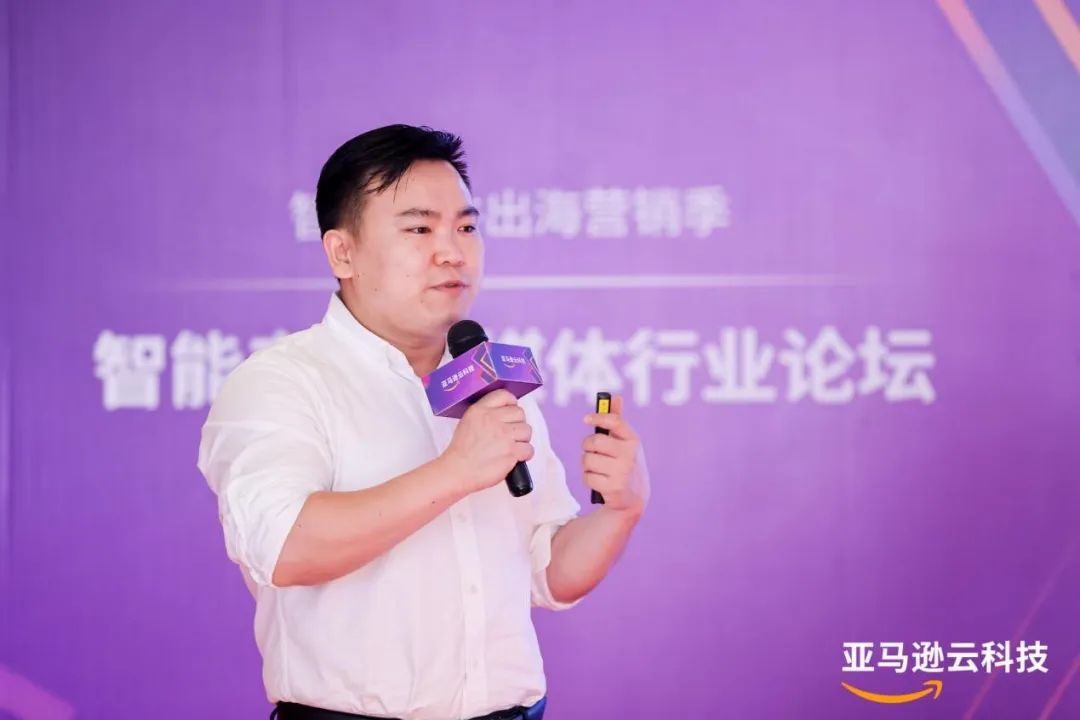
Speaker: Luan Chuntao
Head of IoT Market, Espressif Technologies
Espressif Technologies is a global leader in AIoT solution platforms, holding the number one market share in Wi-Fi MCU globally. In the AIoT field, Espressif adopts a dual approach in hardware products and software solutions, providing chips alongside operating systems, software development frameworks, and cloud platforms to support users in application development. With the rapid expansion of the flagship ESP32 series product matrix, Espressif has launched ESP32-S, C, and H product lines, providing rich MCU performance and communication protocol options for building IoT applications. For AI demands in IoT, Espressif has launched the ESP32-S3 chip, which achieves powerful AI performance through integrated software and hardware acceleration. The ESP32-S3 supports Wi-Fi and Bluetooth 5 (LE), with an MCU that adds AI vector instruction sets and has a comprehensive security mechanism. Moreover, Espressif is a senior technology partner of Amazon Web Services, and through chip + cloud services, it can better assist customers in achieving intelligent products. Espressif has built a one-stop AIoT cloud platform, ESP RainMaker, based on Amazon Web Services’ serverless architecture, helping customers develop private cloud solutions.
In this presentation, Espressif also introduced a video and audio streaming solution based on the ESP32-S3 single chip. This solution relies on Espressif’s mature IoT development framework ESP-IDF, audio development framework ESP-ADF, and multimedia real-time communication protocol framework ESP-RTC, effectively reducing call noise and echo through Espressif’s voice 3A algorithm (Acoustic Echo Cancellation AEC, Background Noise Suppression ANS, Audio Automatic Gain Control AGC). The solution can be applied in various scenarios such as smart peephole door locks, lightweight home monitoring, pet feeders and monitors, and children’s educational toys.
In the near future, with the implementation of the smart home connectivity standard Matter, smart streaming devices can also become Matter devices. The combination of Espressif’s ESP32 series SoC can provide a full-featured Matter device solution platform, combined with Espressif’s audio and video streaming solutions, bringing a new product experience to consumers.

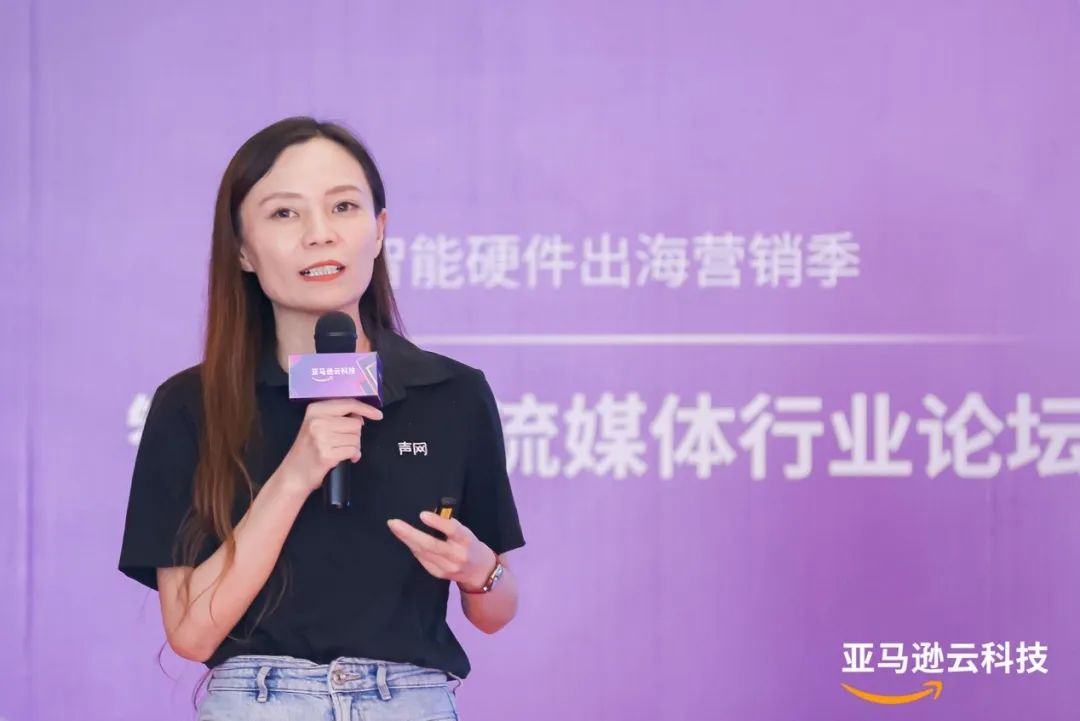
Speaker: Hou Yunyi
Product Head of IoT, Agora
Regarding the evolution process of audio and video IoT, Hou Yunyi divided it into three stages: first, traditional security, the slow live broadcast era; second, instant connection, human-centered, a quasi-real-time era; third, real-time, achieving true interconnectivity across platforms and scenarios through RTC technology. However, during the scenario construction process, device manufacturers or developers often encounter various challenges such as poor audio and video quality and cross-platform compatibility.
To address these challenges, Agora, in collaboration with Amazon Web Services, provides IoT developers with a smart streaming aPaaS solution: based on Amazon’s IoT Core device connection management, AI services, and Agora’s high-quality RTC services, and deeply adapts to selected IPC chips and SOC chips, providing developers with a one-stop aPaaS solution from chip to endpoint to cloud.
This solution has three major advantages: first, a lower threshold, providing end-to-end coverage for audio and video connections for hardware developers and smart manufacturing companies; second, providing a smoother experience with extremely low latency and significantly lower power consumption compared to industry standards; third, security and openness, as Agora focuses solely on streaming media services, giving clients autonomy while ensuring data security and compliance.

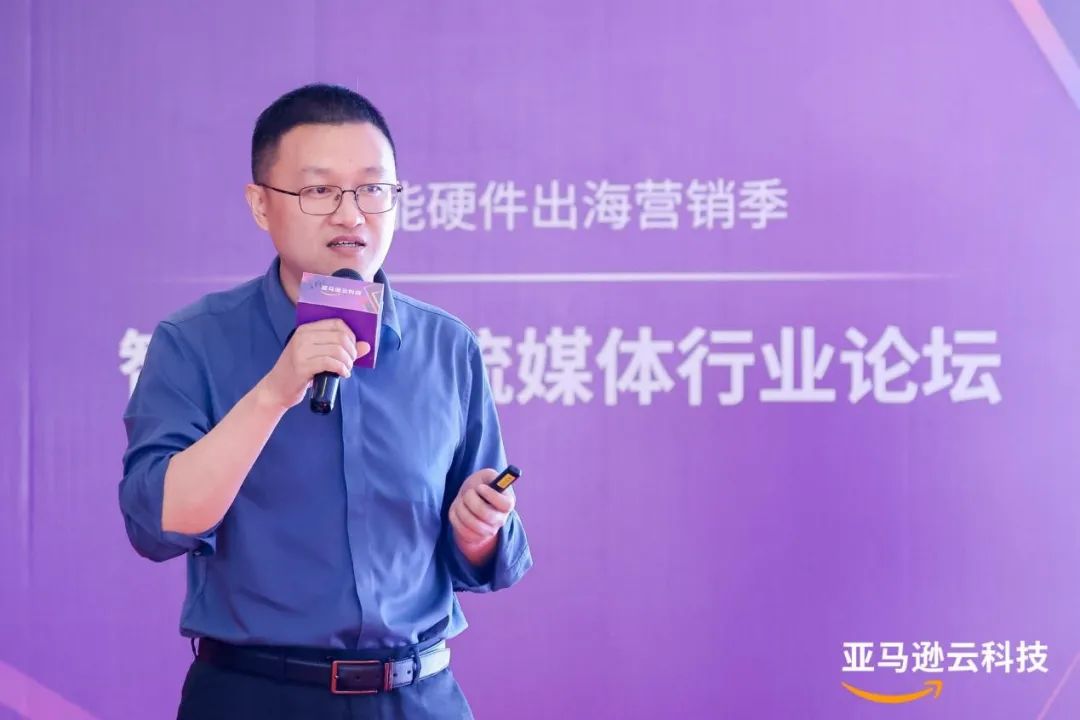
Speaker: Yu Zhengzhong
CEO, iPeck Technology Co., Ltd.
Founded in 2006, iPeck is an ODM product company primarily engaged in two product lines: in-vehicle cameras and security cameras. Years of significant investment in factories and R&D have given it rich hardware technology and production experience.
With the support of basic services provided by Amazon Web Services and the aPaaS platform technology support from Agora, iPeck has been able to continuously strengthen its hardware and application capabilities on its 3A Web-Service IoT platform. Meanwhile, thanks to the solid underlying infrastructure provided by Amazon Web Services and Agora, iPeck has established a one-stop delivery capability for IoT product lines, ensuring timely delivery of reliable IoT hardware products while also guaranteeing the rapid completion of customized IoT platform deployments for clients, assisting enterprises in quickly launching overseas projects. Finally, Yu Zhengzhong proposed four cooperation models: first, delivering customized products + private platform + independent app; second, delivering customized products + third-party platform & app; third, delivering customized products + clients’ own platform; fourth, delivering public version products/customized solutions. In the future, iPeck will continue to assist the overseas business development of streaming media smart hardware enterprises.

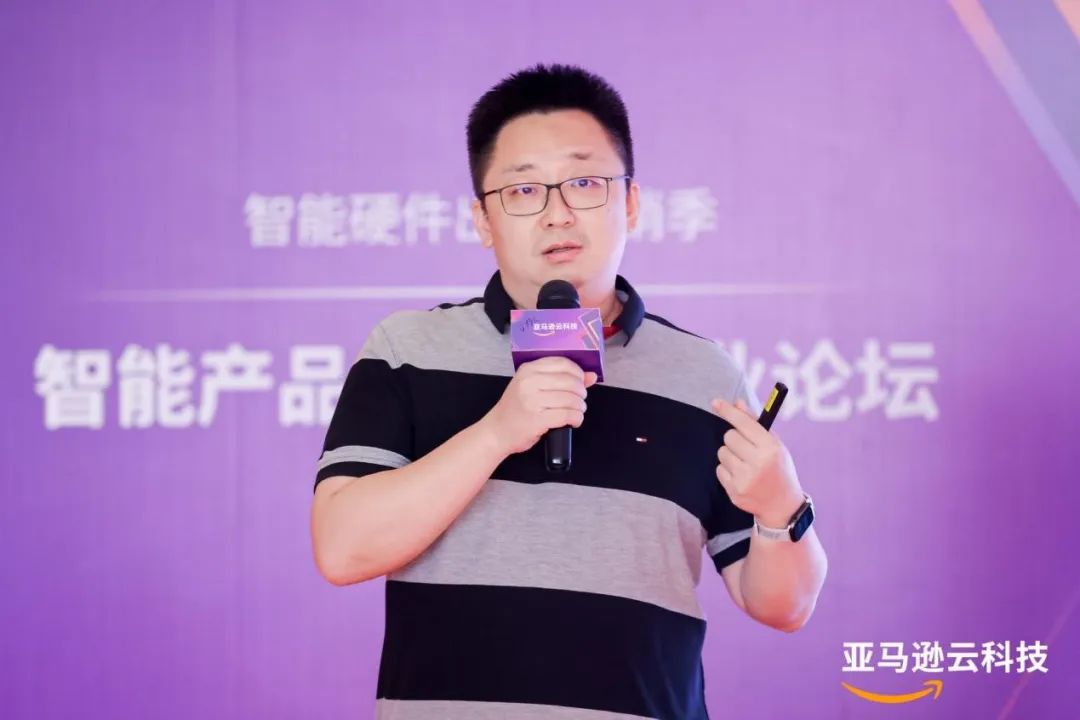
Speaker: Wang Jianye
IoT Technical Expert, Amazon Web Services
With the development of the IoT industry, more and more enterprises are applying streaming media technology to smart products. The incorporation of streaming media technology expands the functionality and usage scenarios of products, but it is undeniable that there are still many challenges in streaming media technology development, such as: 1. Facing issues like hardware chip integration, stable cloud video streaming, and quality of output on mobile devices; 2. Ensuring access quality for end users in different countries or regions is difficult; 3. Serious product homogenization makes it hard to stand out; 4. How to explore the intrinsic value of user or device production data to enhance customer demand analysis. Ultimately, it boils down to how enterprises can quickly improve their technical foundation and product innovation capabilities. Amazon Web Services and its partners have rich solutions to assist these enterprises. The private domain solution for smart product streaming media is built on the global network and security compliance of Amazon Web Services, with Serverless IoT services and Amazon S3 at its core, combined with Guangyun IoT’s TurnKey IoT solutions and Agora’s aPaaS RTC streaming media channels to establish private domain streaming media management and cloud storage platforms, while iPeck provides front-end hardware/mobile SDK integration and customized management solutions for cloud storage, assisting enterprises in exporting smart streaming media products.
Currently, Amazon Web Services covers 26 regions, 84 availability zones, and 245 countries and service areas, providing strong cloud support for enterprises going overseas. In terms of security compliance, Amazon Web Services’ services passed GDPR audits in 2018, and various security services at the application layer meet various security protection needs of users. Moreover, Amazon IoT Core allows enterprises to securely connect any number of devices to the cloud, ensuring IoT link security compliance and privacy issues through TLS and x509 mutual authentication. The cloud storage solutions built on Amazon S3 have 11 nines durability, PB-level scalability, and rich storage types to meet various scenario needs.


Speaker: Xu Kai
IoT Lab, Amazon Web Services
With a solid foundation in hardware and deployment, what further assistance can Amazon IoT Lab provide for outbound enterprises? Amazon Web Services is the most complete platform for building and deploying edge applications. In the Amazon IoT/edge platform, Amazon Web Services can provide services and functionalities related to chips, AI, audio and video, etc., for IoT practitioners. Xu Kai revealed that the lab team prefers to discover needs through communication with IoT practitioners and provide corresponding products and services. Regardless of what demands clients have in various application scenarios, the IoT Lab will do its best to cooperate and assist.
For a long time, Amazon Web Services has been continuously working in the IoT field, not only providing base stations but also focusing on private 5G deployments and cloud or edge-related services. Xu Kai stated that Amazon Web Services’ IoT products are still in a rapid development phase and have not yet reached a bottleneck; in the future, they will reach a new height, and the industry scenarios of IoT still have great room for improvement.

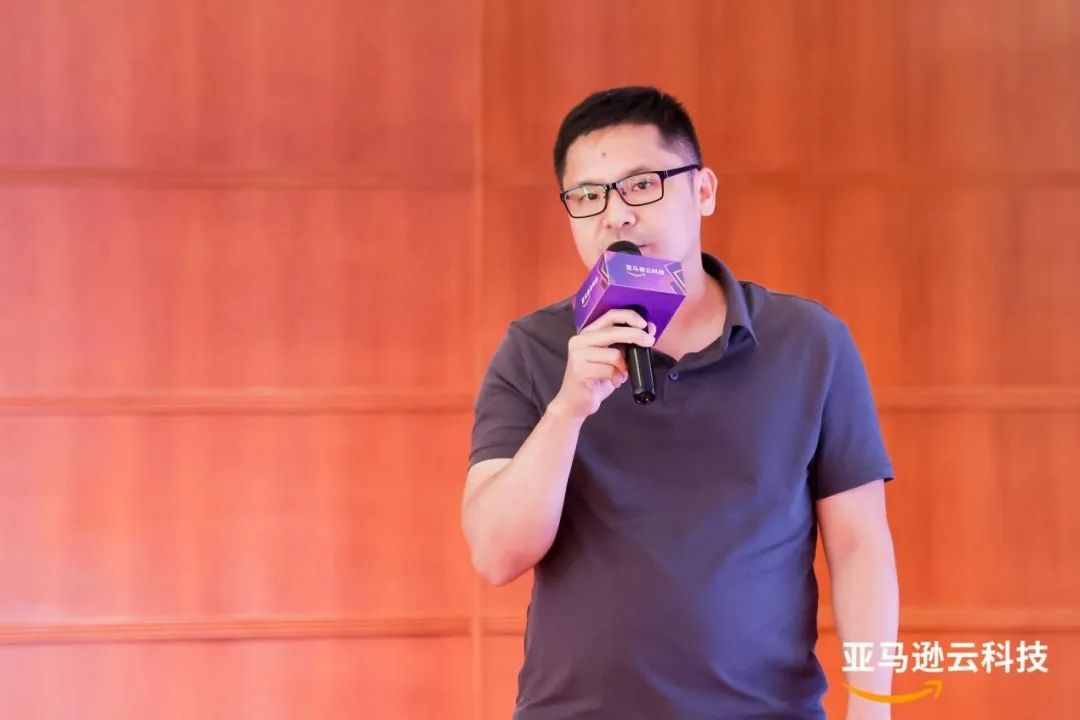
Speaker: Nong Changlin
Early AI algorithms were applied more in smart cities, security, and other fields, but as AI demand becomes more widespread and penetrates consumer-level products, AI algorithms need to adapt to large-scale edge devices with weak computing power, using smaller algorithm models and less storage and computing power to meet the largest market demand possible. Based on this, AiHuaYingTong proposes the concept of micro-algorithms, which are characterized by small algorithm models, low resource occupation, and light computing power requirements, leveraging its years of technical and market advantages. Currently, micro-algorithms have been successfully applied in various edge smart hardware fields, and in the future, the development and application of micro-algorithms will continue to optimize in embedded machine vision algorithms. Combined with the characteristics of embedded AI algorithms, the micro-algorithm supermarket, mainly serving the smart hardware and consumer products market, will showcase various algorithm types supported by a particular chip platform, facilitating customers in quickly finding the algorithms they need, while the micro-algorithm ecosystem collaborates with numerous hardware partners to provide one-stop product solutions, offering convenient and efficient services to customers. Compared to cloud AI, edge AI technology has unique advantages in terms of low traffic costs, low computing power consumption, high timeliness, and preventing privacy leakage. Overall, the micro-algorithm supermarket collaborates with the Amazon ecosystem, edge chips, hardware, and applications to empower streaming smart products.
In 2022, the scale of China’s smart home market reached 600 billion, while the number of IoT devices globally is expected to exceed 27.1 billion by 2025, indicating that the future demand for micro-algorithms will further expand. Currently, compared to visual algorithms, the voice algorithm market is relatively mature. As AI algorithms become compatible with weak computing power hardware and the computing power of edge chips improves, the combination of visual algorithms and smart hardware is bound to become a new trend. In summary, consumer and livelihood-level smart hardware + micro-algorithms currently have an urgent need for upgrades and a very large space for development.

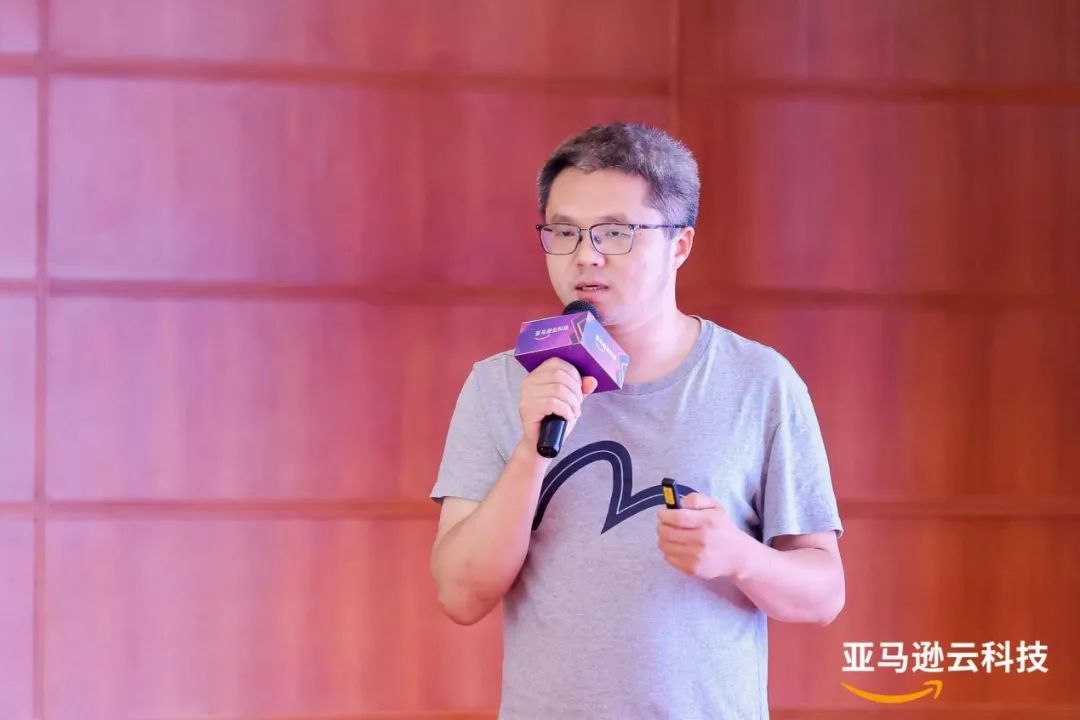
Speaker: Xia Dongming
Founder & CEO, Tailing Technology
In modern society, as the number of photos in users’ mobile phones increases, the pain points of photo management become more pronounced, such as disorganized photos, increasing storage space usage, low efficiency in sharing and cleaning photos, loss of photos due to hard drive damage, and expensive and slow cloud storage. Therefore, a full-chain management system for photo management based on AI algorithms has emerged. Through an algorithm matrix, the new management chain supports functions such as photo selection and storage, batch management, intelligent editing, person and scene recognition, social sharing, AI album creation, and dynamic and entertainment processing.
It is well known that implementing chips and adapting algorithms is extremely difficult. Integrating different framework algorithms to run on the same platform not only requires algorithm transformation but also simultaneous invocation of CPU or NPU computing power, which demands a tremendous amount of time and effort. Currently, Tailing’s intelligent algorithm scheduling system, which integrates numerous algorithms, forms an automated scheduling functional strategy, enabling users to quickly view and manage photos and create AI albums.

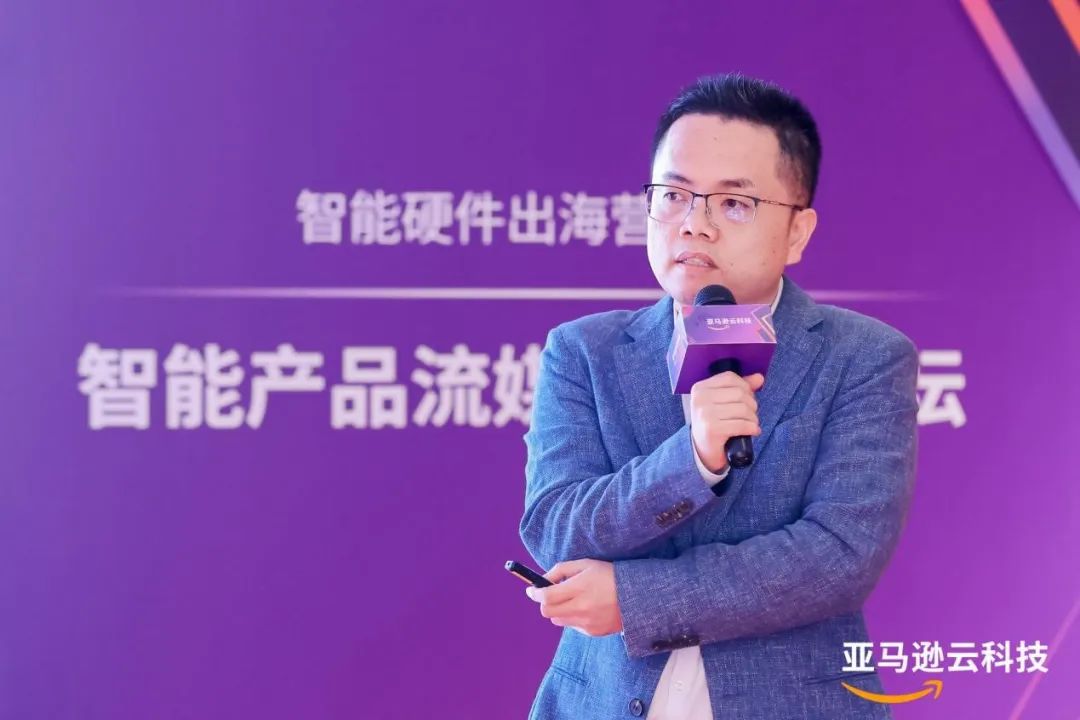
Speaker: Wang Chong
IoT Business Head, BICS
Founded in 1997, BICS (Belgium Telecom International Operations Company) has comprehensive product service solutions in international telecom services, international voice, international SMS, and international IoT solutions. Currently, BICS’ infrastructure covers 180 countries and regions, with over 120 access points and 25+ submarine cables, connecting over 550 operators globally. In the international telecom field, BICS’ business covers everything from basic services to value-added operations, primarily providing connection services from underlying infrastructure to upper-layer applications for operators and enterprise clients.
Wang Chong, the IoT business head, introduced us to SIM for Things, a one-stop international IoT solution launched by BICS based on its core strengths. Currently, three core network centers have been established in Europe, North America, and Asia-Pacific, providing cellular connection services from 2G to 5G and LPWAN. With the development of mobile networks worldwide, cellular connections for IoT are gradually becoming the mainstream connection method, whether utilizing BICS SFT Core to connect 5G private networks + public networks or providing global communication big data intelligent analysis services at different levels from signaling to applications. BICS is committed to connecting the world with the best user experience and continuously enhancing its efforts in IoT solutions.
At the end of the event, Tian Longqiang, head of the IoT ecosystem at Amazon Web Services, concluded his speech, stating that in the current industry context, traditional IoT products are experiencing sluggish growth, while intelligent products combining cameras and streaming media technology hold great potential. This has gradually formed an industrial consensus, especially with the integration and cost-effectiveness of upstream chips in place; the entire industrial chain is accelerating R&D investment together. Mr. Tian also reviewed the core value of the “smart product streaming media” industrial chain with the participants of this event and explained that different industrial chain partners can provide support based on various needs.

Business Cooperation
Cassie | WeChat: 18506490569
Ares | WeChat: 18606066421
Lina | WeChat: 13381020131
Echo | WeChat: 13003974360
Demerly | WeChat: 18150844790
Funny | WeChat: baijing022

Long press to recognize the QR code
Join White Whale Outbound VIP Knowledge Circle